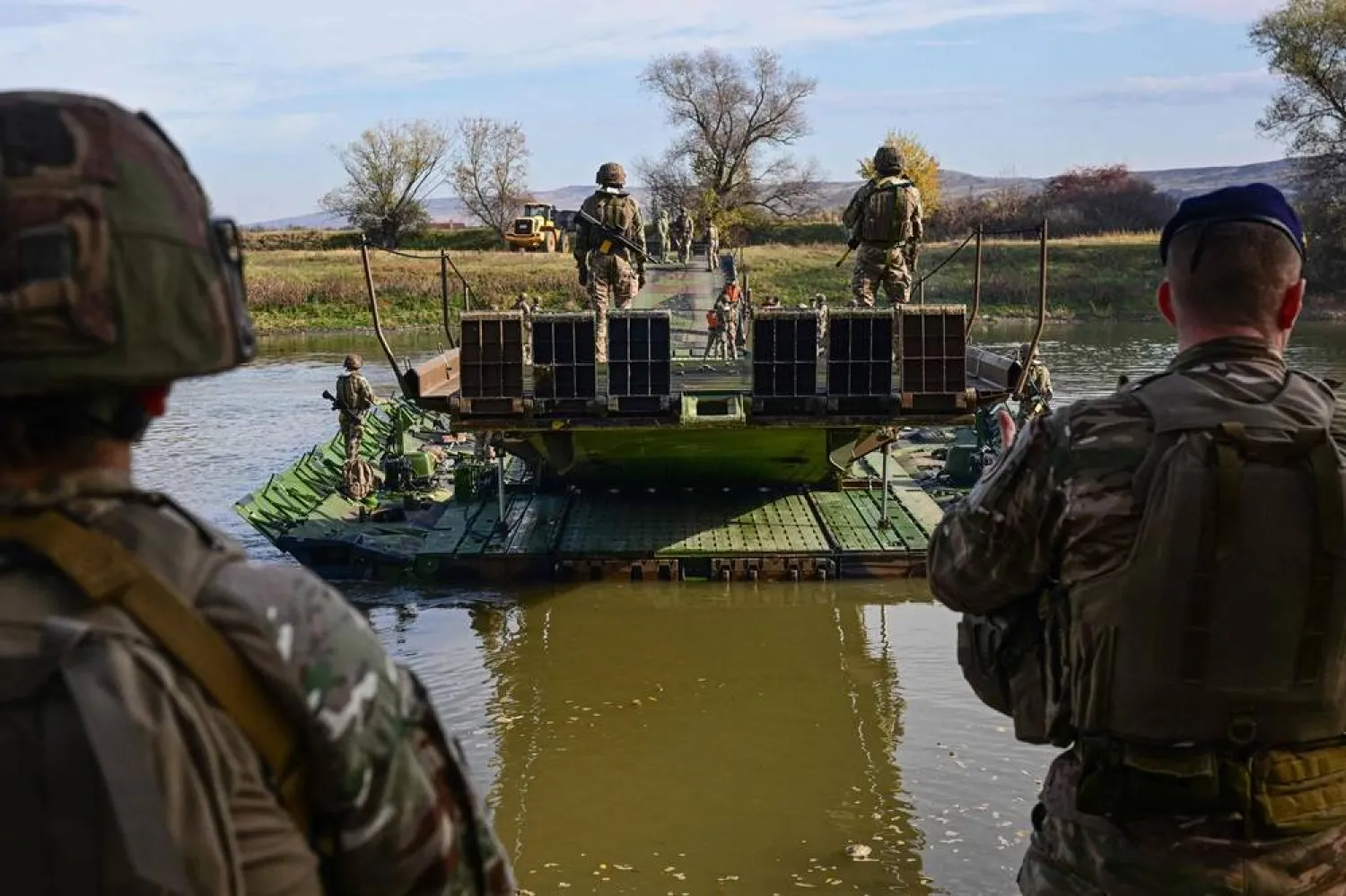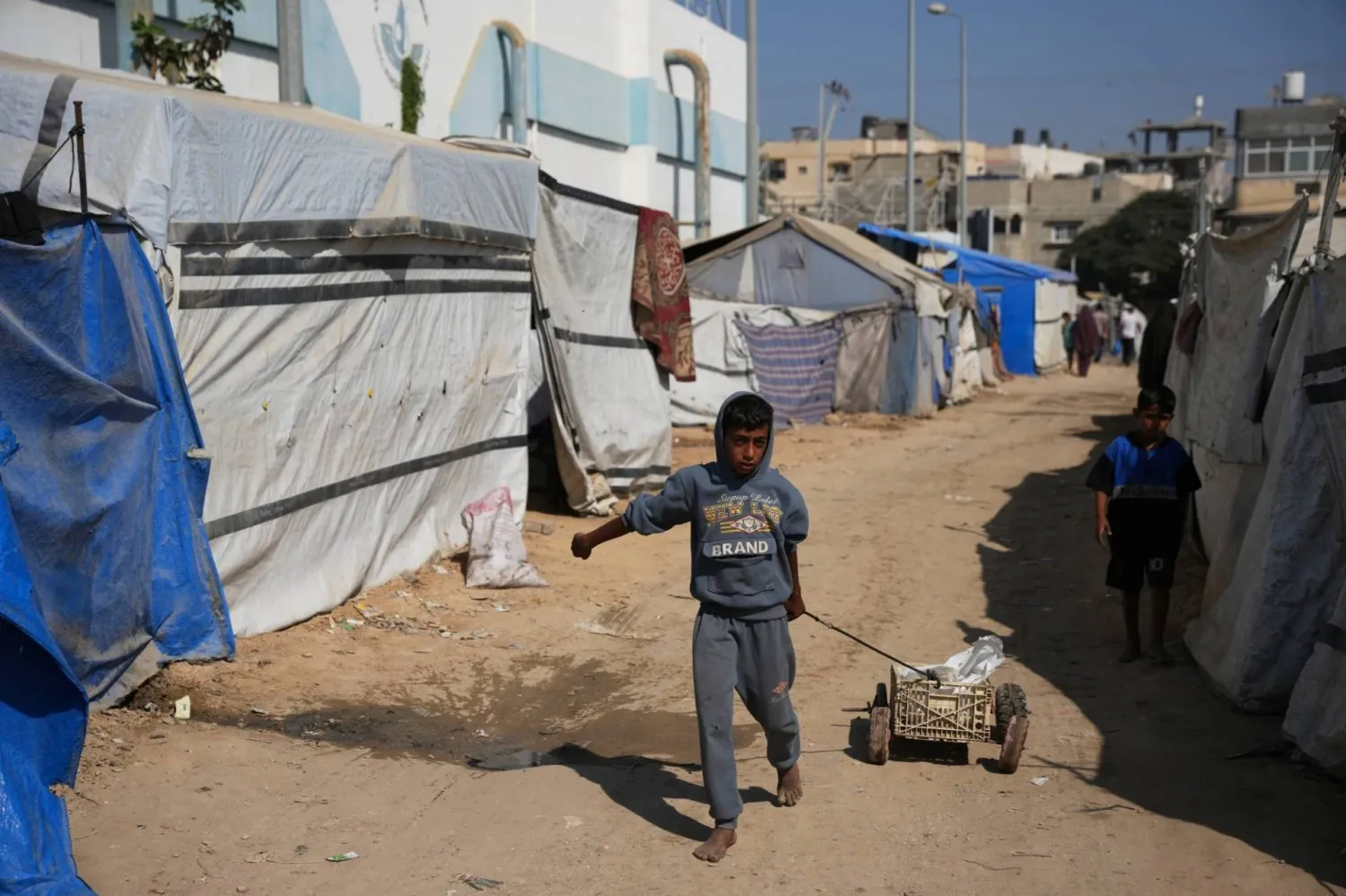With the temporary lockdown in the province of Qatif, in eastern Saudi Arabia, entering its second week, the situation in the province on the coast of the Arabian Gulf seems ordinary despite concerns of the outbreak of the Coronavirus (COVID-19). The medical staff there are working tirelessly, especially in Qatif Central Hospital, where people infected with the virus are being treated.
Two days ago, a patient who was infected in Iran became the hospital's first patient to recover from the virus.
In a statement to Asharq Al-Awsat, Dr. Zaki al-Zaher, the Chief Executive of Medical and Clinical Affairs in the Department of Health in Qatif, said that the medical team at the Qatif Central Hospital has been working hard to provide care to those infected and that their efforts have led to the recovery of some cases. He added that the Saudi Ministry of Health provided substantive support to medical teams and other employees fighting the virus, including the provision of an airplane to transfer samples to laboratories outside the eastern region in order to accelerate work and make it more efficient. He also said that he was optimistic that “Soon, we will have other recoveries… The effort being exerted is strong, wide and organized, and it will be fruitful."
On Qatif's waterfront, stretching from Saihat south of Qatif, the residents appeared to be living normally. Asharq Al-Awsat observed that many people were playing sports while their presence in markets was sparse amid warnings against crowded gatherings for fear of the virus spreading. A number of families said that they understand the necessity of the lockdown, and that they appreciate the collaborative effort of government agencies to provide the province with its needs.
Qatif includes cities like Saihat, Safwa, Ank and the city of Qatif. It also includes Tarout Island, the second largest on the gulf after Bahrain, among several villages and towns. With the precautionary measures being implemented by the Ministry of Health, the Qatif Municipality has banned street vendors in order to maintain public health with severe penalties for whoever violates these regulations.
Combating Coronavirus takes many forms, including largely relying on people’s awareness. Patient visits have been temporarily suspended.
Government institutions, such as the Ministry of Commerce and municipalities are securing foodstuffs, including vegetables, fruits, and meat, while closely monitoring their sufficient availability. A delegate from the Ministry of Commerce conducted several visits to commercial centers and pharmacies in order to ensure the availability and accessibility of medications, sanitizers, and other items.
Precautionary measures included shutting down crowded markets, such as Qatif Mall, and regulating the work of coffeeshops so that no crowds are allowed in front of them, limiting services to instant takeaway. Shisha cafes have also been closed.
Mayyas market, a popular market in Qatif, remained open to customers as usual.
Many of the citizens who were quarantined, whether in the specified hospitals or in the hotels that they were transferred to after being suspected of carrying the virus, spoke of being well treated by the Saudi authorities in the airports and seaports.
Sheikh Hassan al-Saffar highlighted to Asharq Al-Awsat the importance of religious scholars guiding people, commending the procedures followed by the Saudi Ministry of Health to combat the virus.









